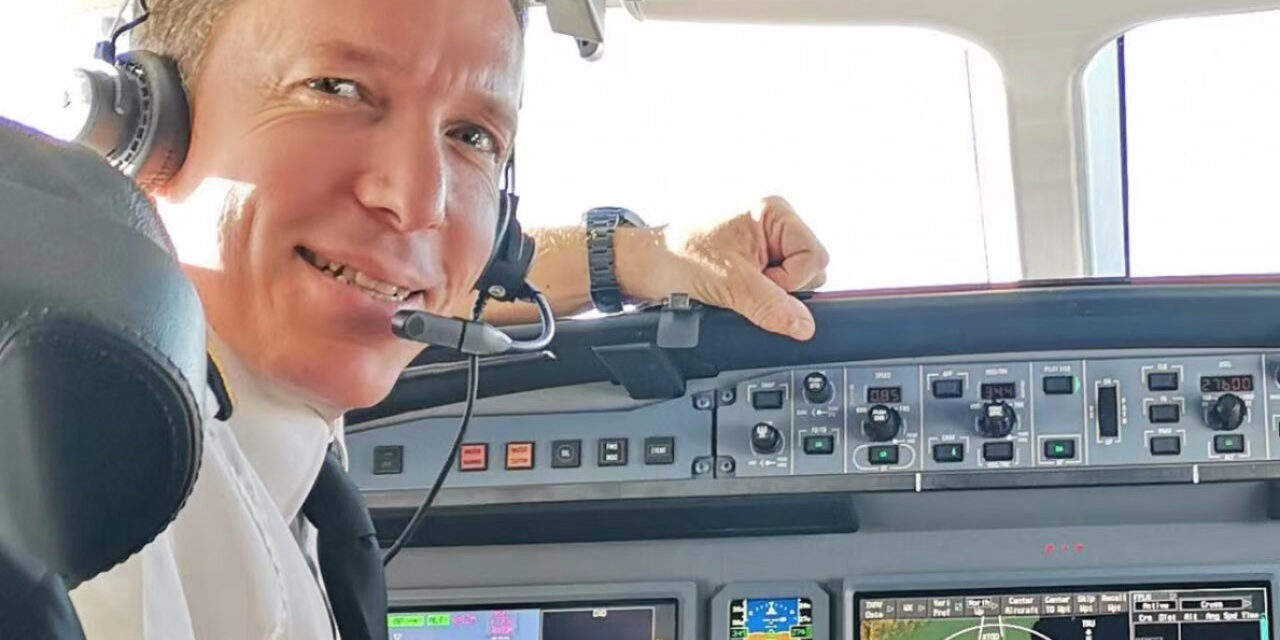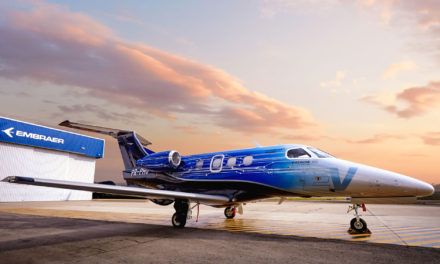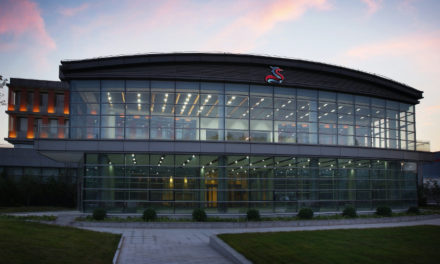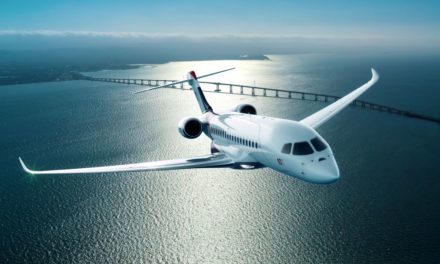By Ben Rosinger
In recent months, business aviation and its users have been going through a major turbulence, especially in Europe. Beyond the rhetoric of the ancient class struggle between wealth and poverty, opponents of business aviation are using the environment as an axiom to defend their positions. If the climate issue is obviously a matter of concern to all humanity, pointing the finger at this activity alone shows a lack of understanding of this sector and the many advances it has made, well before any polemic effect. As the GIFAS document points out, aviation as a whole accounts for 2% of global CO2 emissions. Business aviation accounts for 10% of traffic and 2% of these emissions, or 0.04% of global CO2 emissions. The aviation sector has been addressing the problem of carbon emissions for several decades, long before the environmental lobby took it up.
Leading industrialists
While the research focus of manufacturers, whether they are aircraft or equipment manufacturers, was primarily on reducing fuel consumption, mainly to lower operating costs at first, they very quickly focused on the ability to make a real shift to cleaner aircraft. In just 30 years, several technological advances have led to a drastic reduction in CO2 emissions. Starting with aerodynamics and the integration of winglets in wingtips. Although the development of these winglets dates back to 1974, their operational application was extended in the early 1990s and has led to an average reduction in drag of about 2%. At the same time, manufacturers also focused on weight reduction very early on by integrating an increasingly large proportion of composite materials in the manufacture of structures, particularly the wing.
But it is undoubtedly the progress in the field of motorization these last ten years with the integration of the engines has double body or double flow, which allowed the beginning of a more ecological transition. In addition to the development of the relatively recent use of SAF (Sustainable Aviation Fuel) by operators and manufacturers, the integration of these new technologies in these engines has improved their efficiency, reduced fuel consumption and reduced noise at the engine outlet. This technology, which is constantly evolving, cannot be effective without correlating it with the latest avionics suites that automatically optimize engine speeds and fuel consumption according to altitude and speed.
Committed pilots
To these technological revolutions and evolutions, which are far from being exhaustive, it is also worth adding the awareness of the effects of carbon emissions in the cockpit in recent years. New take-off and landing procedures have been introduced, such as the Continuous Descent Approach (CDA), which leads to a significant reduction in fuel consumption. This trend is also reflected on the ground with the increasing use of single engine operation when taxiing to a stop or returning from a flight.
Further on, certain studies conducted in collaboration with crews have made it possible to
to evaluate the interest of formation flying. Carried out in “single file”, with spacing correlated by the ADS-B, this flight technique under study at Airbus would, according to the aircraft manufacturer, make it possible to take advantage of the suction effect and thus to consequently reduce the drag of the following aircraft.
This study alone could summarize the willingness of industrialists to write the near future and the beginning of a new era for this industry, which is already aiming at the use of other modes of energy and the eventual use of hydrogen, electric and even hybrid propulsion. Since 2005, carbon emissions from aviation have decreased by 20%. For the future, which is part of Clean Sky 2, which will run until 2024, the industry and the European Union will jointly invest nearly 4 billion euros over ten years. Designed to support an environmentally friendly air transport policy, Clean Sky 2 will make it possible to pursue the research effort needed to achieve the objectives set by ACARE – Advisory Council for Aviation Research and Innovation – by 2050. These goals include a 50% reduction in CO2 emissions per passenger-kilometer from air travel by 2050. The program also encompasses the competitiveness of the European aviation industry and passenger mobility.
It involves not only the industry but also the various players in commercial civil aviation and of course business aviation.
As such, it is important to continue to consolidate efforts at all levels. Some operators such as NetJets, VistaJet, ACS or Clay Lacy but also FL470 have been committed for several years to offset their carbon emissions, and this, in a visible way, by acting on reforestation and the replanting of trees in the world through the organization a Tree for You. A gesture which, beyond the symbolism, also allows to preserve the planet a little more.
Flight Level 470 : www.flightlevel470.com








